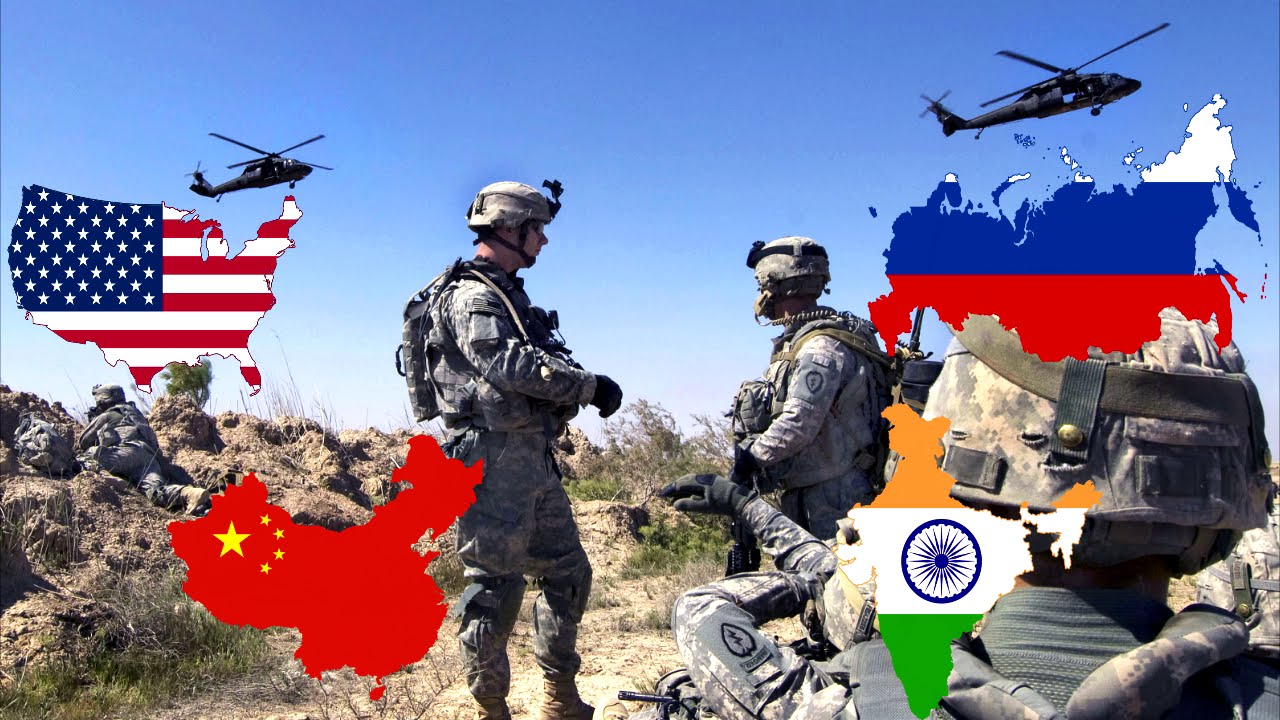India is of ultimate geopolitical importance. Russia knows it and has meticulously groomed a decade-long special relationship with Delhi. China knows it and has been showing its hand in an effort to win the Indian government over to become an incremental part of the generational Belt and Road project. And America knows it and has continuously driven in a wedge with Russia and wooed India to play a pivotal role in the Indo-Pacific initiative to contain China.
Equally though, too much flattery from all sides is not a good thing either, and the Modi government must be careful how to play this to maximise the country’s position and not to tilt onto one side. It would be detrimental to lose this strategic partnership with Russia, to start there. The deal of delivering S-400 defence systems, a giant of a transaction as well as a huge win for Moscow, is on track to be signed shortly, ideally before Vladimir Putin will go Delhi for the 19th Indo-Russian summit on October 5.
Both parties seem to feverishly be working on getting the defence deal across the finishing line as well as preparing for Putin’s visit. External affairs minister Swaraj just spent the past few days to that extent in Moscow, and defence minister Sitharaman let it be known that the S-400 negotiations have reached the final stage – the very two women who held the 2+2 talks with their respective American counterparts in Delhi only a couple of weeks ago.
It has become blatantly clear that Washington wants to torpedo that piece of business in particular and the Indo-Russian partnership in general. Delhi is meant to be lured away from a deal that should not be happening under the US sanction regime against Russia in the first place, and be replaced by arms exports from America. Same goes for the two countries’ energy cooperation, for LNG to replace Russian pipeline gas. The ultimate objective is to hollow out the key substances of the decade-old relationship.
The Trump administration is seemingly ready to make huge concessions if Delhi were to turn, maybe even including turning a blind eye on the fact that India keeps importing ever more crude from Iran. This is a fine line to walk on, and while the long-standing partnership with Russia has been the bedrock of India’s strategic autonomy, the recent Delhi engagement so far signals at least a willingness to entertain the American foray and may already be designed to drive the price up.
Modi must be keenly aware that, in the wake of Trump dismissing Henry Kissinger’s legendary advice of at least neutralising one of the G3s in order to go against the other, much like it was exercised in the 1970s, it is imperative for Washington to groom a fourth, India, as a key ally in the Indo-Pacific. Designating India with a leading global power status is a cherry on the subcontinent’s cake and revives an old Indian dream of being a true counterweight to China.
For Washington, this would almost be too good to be true if the Delhi establishment were to fall for this pinnacle of American flattery. Playing on India’s geopolitical concerns around China’s rise as a global power, and at the same time catering to India’s own ambitions to become one, the administration can both promote its business of exporting weapons and energy and lock Delhi into an alliance with America, Japan and Australia – all at the horrifying expense of China and Russia.
At the time that Delhi defyingly looks to the sanctioned import of the S-400, it is surprising, to say the least, that India also signed the US Security Compatibility and Security agreement in the wake of the 2+2, modelled on agreements Washington has with NATO and calling for inter-operability between militaries. The agreement implies a major boost in American arms exports to India. It could also imply that India will have to grant Washington oversight provisions, widely perceived as an impingement on India’s sovereignty.
So, careful how far you turn that screw, Mister Modi. Maxing out your position is one thing. To make your country a frontline state for American geopolitics, to rebuff BRI as a generational lifeline out of national pride, and to alienate proven allies are quite another. Also, China is not sitting on its hands. While Delhi keeps pondering options and playing its games, Beijing has renewed initiatives around Pakistan’s Economic Corridor and recently signed a MoU with Myanmar to replicate similar access to the Indian Ocean.
It’s the perfect chicken-and-egg situation. On one hand, India is worried and complaining about China’s containment of itself, with the expansion of infrastructure in Pakistan, Myanmar and Sri Lanka. On the other hand, despite numerous advances by Beijing there has not been much of a pro-activeness by India to become part of BRI and benefit from it. In the end, Delhi’s apprehensions or not, BRI and its economic benefits will eventually be existential for India. To play the vicarious agent of Washington may not be.
